Home>Home Appliances>Laundry Appliances>How To Wash Mechanics’ Clothes In A Washing Machine


Laundry Appliances
How To Wash Mechanics’ Clothes In A Washing Machine
Published: February 22, 2024
Learn how to properly wash mechanics' clothes in a washing machine with our expert tips. Keep your laundry appliances in top condition with our helpful guide.
(Many of the links in this article redirect to a specific reviewed product. Your purchase of these products through affiliate links helps to generate commission for Storables.com, at no extra cost. Learn more)
Introduction
Washing mechanics' clothes in a washing machine requires a delicate balance of care and efficiency. Mechanics often face tough working conditions, resulting in their clothes accumulating stubborn stains, grease, and grime. As a result, it's essential to understand the best practices for washing their workwear to ensure that it remains clean, fresh, and durable.
In this comprehensive guide, we will delve into the step-by-step process of effectively washing mechanics' clothes in a washing machine. From preparing the clothes for washing to selecting the right detergent and setting the washing machine, we will cover every aspect to help you achieve optimal results.
By following the guidelines outlined in this article, you will be equipped with the knowledge and techniques necessary to maintain the quality and longevity of mechanics' clothes. Let's embark on this journey to discover the best practices for keeping mechanics' workwear clean and presentable, ensuring that they are ready to tackle any task with confidence and comfort.
Key Takeaways:
- Keep mechanics’ clothes clean by pre-treating stains, sorting by fabric type, and using heavy-duty detergents to combat tough grease and oil marks. Proper preparation ensures effective cleaning and fabric preservation.
- Set the washing machine to the right load capacity, water temperature, and wash cycle for thorough cleaning. After drying and ironing, mechanics’ workwear emerges clean, well-maintained, and ready for the next task.
Read more: How Recliner Mechanism Works
Preparing the Clothes for Washing
Before loading the mechanics' clothes into the washing machine, it's crucial to prepare them adequately to ensure effective cleaning and preservation of the fabric. Here's a detailed guide on how to prepare the clothes for washing:
-
Check for Stains and Damage: Begin by carefully inspecting the clothes for any visible stains or damage. Mechanics' workwear often accumulates oil, grease, and dirt, which can be deeply embedded in the fabric. Identifying and pre-treating these stains is essential for successful stain removal during the washing process.
-
Pre-Treat Stains: For stubborn stains such as oil and grease marks, it's advisable to pre-treat them with a high-quality stain remover or a mixture of detergent and water. Gently rub the solution into the affected areas and allow it to sit for a few minutes before proceeding to the next step.
-
Turn Garments Inside Out: To protect the outer surface of the clothes and prevent excessive wear and tear during the washing cycle, turn the garments inside out. This simple step helps maintain the color vibrancy and integrity of the fabric, especially for workwear that undergoes rigorous use.
-
Secure Zippers and Fastenings: Ensure that all zippers, buttons, and fastenings on the clothes are securely closed. This prevents them from snagging or causing damage to other garments in the load. Additionally, fastening the closures helps maintain the shape and structure of the clothing items.
-
Sort by Fabric Type and Color: Separating the mechanics' clothes based on fabric type and color is essential to prevent color bleeding and ensure that each item receives the appropriate washing treatment. For instance, heavy-duty cotton overalls should be washed separately from lighter synthetic fabrics to avoid potential damage.
-
Empty Pockets and Remove Accessories: Encourage the mechanics to empty their pockets and remove any accessories, such as tools or personal items, from the clothing. This not only prevents damage to the clothes and the washing machine but also ensures a thorough and efficient cleaning process.
By meticulously preparing the mechanics' clothes for washing, you set the stage for a successful cleaning cycle that effectively removes stains, preserves the fabric, and extends the lifespan of their workwear. This proactive approach to preparation significantly contributes to the overall cleanliness and maintenance of the garments, allowing the mechanics to present a professional and well-groomed appearance in their workplace.
Choosing the Right Detergent
Selecting the appropriate detergent is a critical aspect of ensuring the effective cleaning of mechanics' clothes in a washing machine. Given the nature of their work, which often involves exposure to grease, oil, and dirt, it's essential to choose a detergent that can tackle tough stains while being gentle on the fabric. Here's a detailed guide to help you make an informed decision when choosing the right detergent for washing mechanics' clothes:
Consider Heavy-Duty Detergents
When it comes to mechanics' workwear, opting for heavy-duty detergents designed to combat stubborn stains is highly recommended. These detergents are formulated to penetrate and lift tough grease and oil marks, effectively removing them from the fabric. Look for detergents specifically labeled as suitable for heavy-duty or industrial workwear to ensure that they can handle the unique cleaning requirements of mechanics' clothes.
Look for Stain-Removing Formulas
Given the propensity of mechanics' clothes to accumulate challenging stains, such as oil, grease, and automotive fluids, choosing a detergent with powerful stain-removing properties is crucial. Look for detergents that contain enzymes or specialized stain-removing formulas designed to break down and lift stubborn stains effectively. These targeted formulas can make a significant difference in the cleanliness and appearance of the workwear after each wash cycle.
Read more: What Are Mechanicals In Construction
Opt for Color-Safe Options
Preserving the color vibrancy and integrity of mechanics' clothes is essential for maintaining a professional and presentable appearance. When selecting a detergent, prioritize color-safe options that are specifically formulated to protect the brightness and richness of the fabric's colors. This is particularly important for workwear with distinct color combinations or company branding, as it ensures that the garments retain their visual appeal over time.
Consider Hypoallergenic and Fragrance-Free Detergents
In environments where mechanics may have sensitivities or allergies, opting for hypoallergenic and fragrance-free detergents can be beneficial. These detergents are formulated to be gentle on the skin while minimizing the risk of allergic reactions or skin irritations. By choosing hypoallergenic options, you prioritize the comfort and well-being of the individuals wearing the freshly laundered workwear.
Evaluate Eco-Friendly and Biodegradable Options
For environmentally conscious individuals and organizations, selecting eco-friendly and biodegradable detergents aligns with sustainable practices. These detergents are designed to minimize environmental impact while delivering powerful cleaning performance. By opting for eco-friendly options, you contribute to eco-conscious initiatives and promote sustainable laundering practices within the workplace.
By considering these factors and prioritizing detergents that align with the specific cleaning needs and preferences of mechanics' workwear, you can make an informed decision when choosing the right detergent for washing their clothes. This thoughtful selection process ensures that the detergent effectively cleans the garments while preserving their quality and extending their lifespan.
Setting the Washing Machine
Setting the washing machine correctly is crucial to ensure that mechanics' clothes are thoroughly cleaned while preserving the fabric's quality. Here's a detailed guide on how to set the washing machine for optimal results:
-
Load Capacity: Before loading the clothes, consider the washing machine's load capacity. Avoid overloading the machine, as this can hinder the effectiveness of the cleaning process and lead to inadequate rinsing. It's advisable to follow the manufacturer's guidelines regarding load capacity to allow sufficient space for the clothes to move freely during the wash cycle.
-
Water Temperature: Selecting the appropriate water temperature is essential, especially when dealing with heavily soiled mechanics' workwear. For garments with tough stains and grease, opt for hot water to enhance the detergent's stain-removing capabilities. However, for delicate fabrics or colored items, use cold water to prevent color fading and potential damage.
-
Wash Cycle: Choose a wash cycle that aligns with the cleaning requirements of mechanics' clothes. For heavily soiled workwear, opt for a longer and more vigorous cycle to ensure thorough cleaning. Additionally, consider using a pre-wash or soak option for items with particularly stubborn stains, allowing the detergent to penetrate the fabric effectively.
-
Detergent Dispensing: Properly dispense the chosen detergent based on the manufacturer's recommendations and the level of soiling on the clothes. Avoid overusing detergent, as this can lead to excessive sudsing and inadequate rinsing. Utilize the designated detergent dispenser or follow the guidelines for manual detergent dispensing to achieve the optimal cleaning effect.
-
Additional Treatments: If necessary, consider incorporating additional treatments such as fabric softeners or specialized stain-removing products. Fabric softeners can help maintain the softness and comfort of the workwear, while targeted stain removers can address specific problem areas before the main wash cycle.
-
Final Checks: Before initiating the wash cycle, perform a final check to ensure that all settings are adjusted according to the specific requirements of the mechanics' clothes. Verify the water temperature, wash cycle duration, and detergent dispensing to guarantee that the washing machine is configured optimally for the task at hand.
By meticulously setting the washing machine in accordance with the cleaning needs of mechanics' clothes, you can maximize the effectiveness of the wash cycle while safeguarding the fabric's integrity. This proactive approach to machine settings ensures that the workwear emerges from the washing process clean, fresh, and ready for the next demanding workday.
Read more: What Is A Mechanical Ventilation System
Drying and Ironing the Clothes
After the washing cycle is complete, the next crucial steps in the laundry process involve drying and ironing the mechanics' clothes. These steps are essential to ensure that the garments are not only clean but also properly maintained and presented. Here's a detailed guide on how to effectively dry and iron mechanics' workwear:
Drying the Clothes
-
Select the Appropriate Drying Method: When it comes to drying mechanics' clothes, consider the fabric type and garment specifications. For most workwear, air drying is a preferred method to prevent potential shrinkage and preserve the fabric's integrity. However, if using a dryer, opt for a low or medium heat setting to avoid damaging the garments.
-
Hang Clothing Items Properly: To facilitate efficient drying and prevent wrinkles, hang the clothes on a sturdy drying rack or clothesline. Ensure that heavy items, such as overalls, are evenly distributed to maintain their shape and prevent stretching. Additionally, smooth out any wrinkles or folds to expedite the drying process.
-
Utilize Ventilation and Air Circulation: Position the drying area in a well-ventilated space with adequate air circulation. This promotes faster drying while minimizing the risk of musty odors. If drying indoors, consider using fans or opening windows to enhance air circulation around the garments.
-
Check for Moisture Levels: Periodically check the garments for residual moisture during the drying process. Thicker fabrics and heavily soiled items may require longer drying times. Ensure that the clothes are completely dry before proceeding to the next step.
Ironing the Clothes
-
Adjust the Iron Settings: Before ironing mechanics' workwear, adjust the iron settings based on the fabric type. Use a lower heat setting for delicate fabrics and a higher setting for durable materials such as cotton. Additionally, consider using steam to effectively remove wrinkles and creases.
-
Iron Inside Out: To protect the outer surface of the garments and prevent potential shine or damage, iron the clothes inside out. This simple technique helps maintain the fabric's appearance while ensuring a professional and polished look.
-
Focus on Problem Areas: Pay special attention to areas prone to wrinkling, such as collars, cuffs, and pockets. Smooth out these areas meticulously to achieve a crisp and neat finish. For heavily wrinkled items, consider using a pressing cloth to prevent direct contact between the iron and the fabric.
-
Hang the Ironed Garments: Once each item is ironed to perfection, hang the garments immediately to prevent wrinkles from forming. This step ensures that the workwear maintains a pristine appearance until it is ready to be worn.
By following these detailed steps for drying and ironing mechanics' clothes, you can ensure that the garments emerge from the laundry process clean, well-maintained, and impeccably presented. This meticulous approach to post-wash care contributes to the overall longevity and professional appearance of the workwear, allowing mechanics to confidently tackle their tasks with garments that are both clean and well-groomed.
Frequently Asked Questions about How To Wash Mechanics' Clothes In A Washing Machine
Was this page helpful?
At Storables.com, we guarantee accurate and reliable information. Our content, validated by Expert Board Contributors, is crafted following stringent Editorial Policies. We're committed to providing you with well-researched, expert-backed insights for all your informational needs.

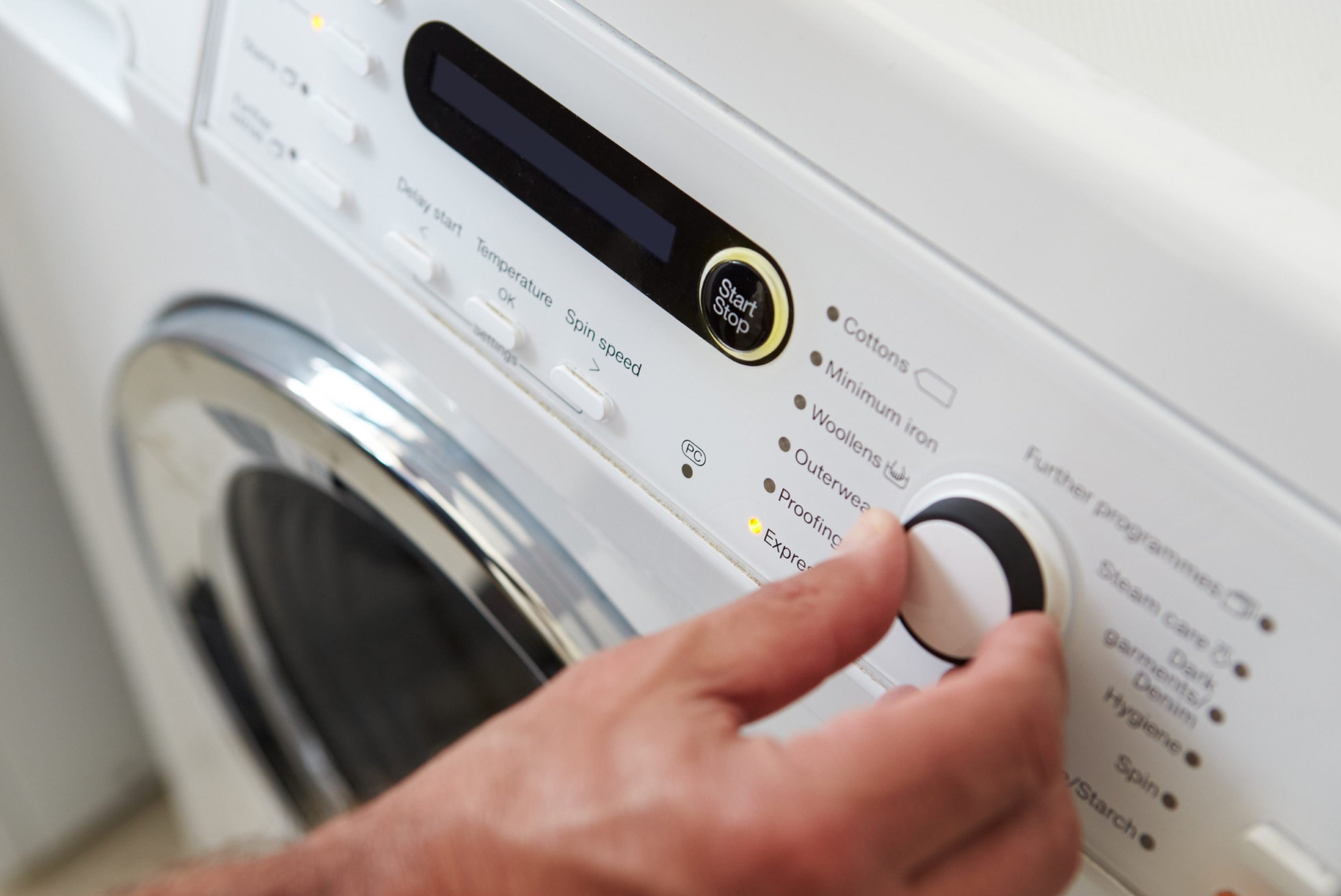

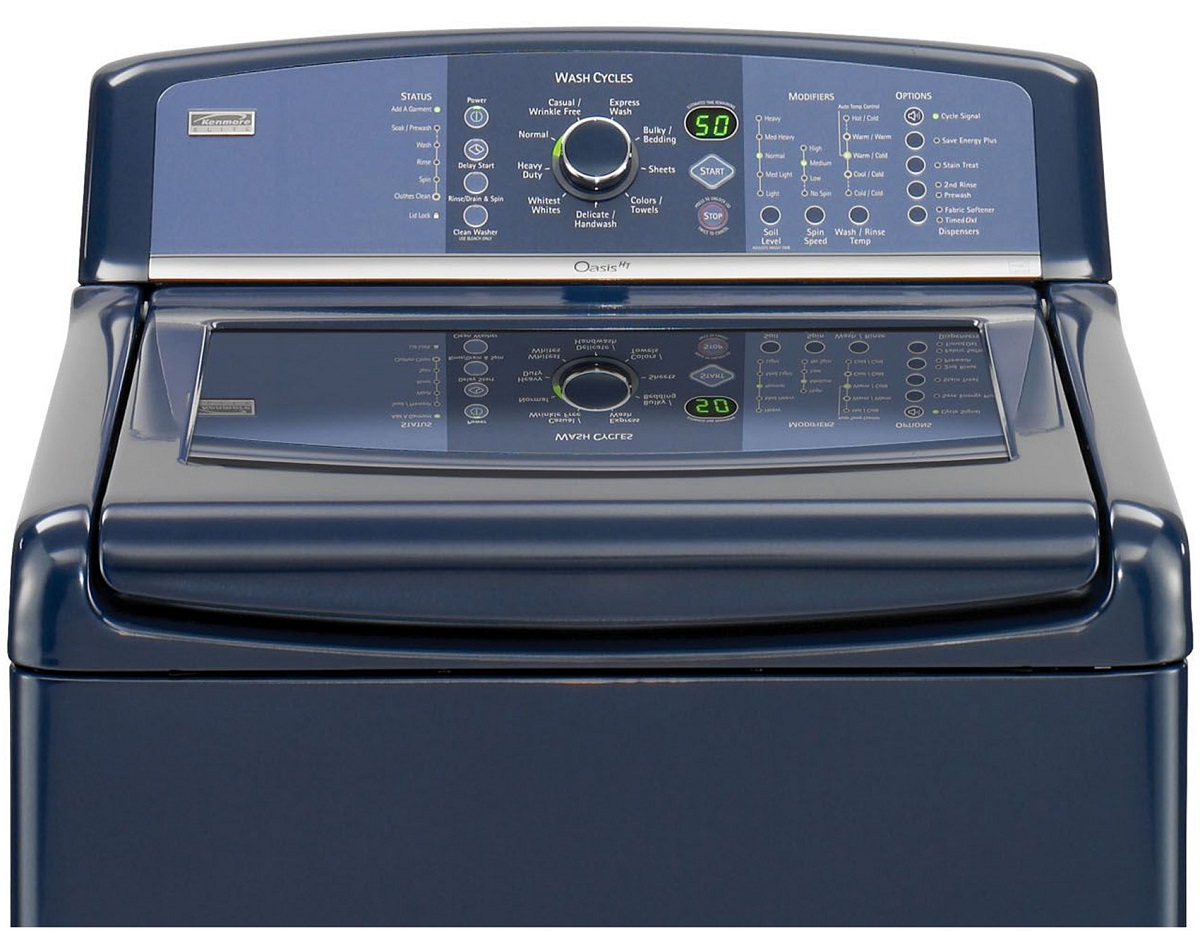
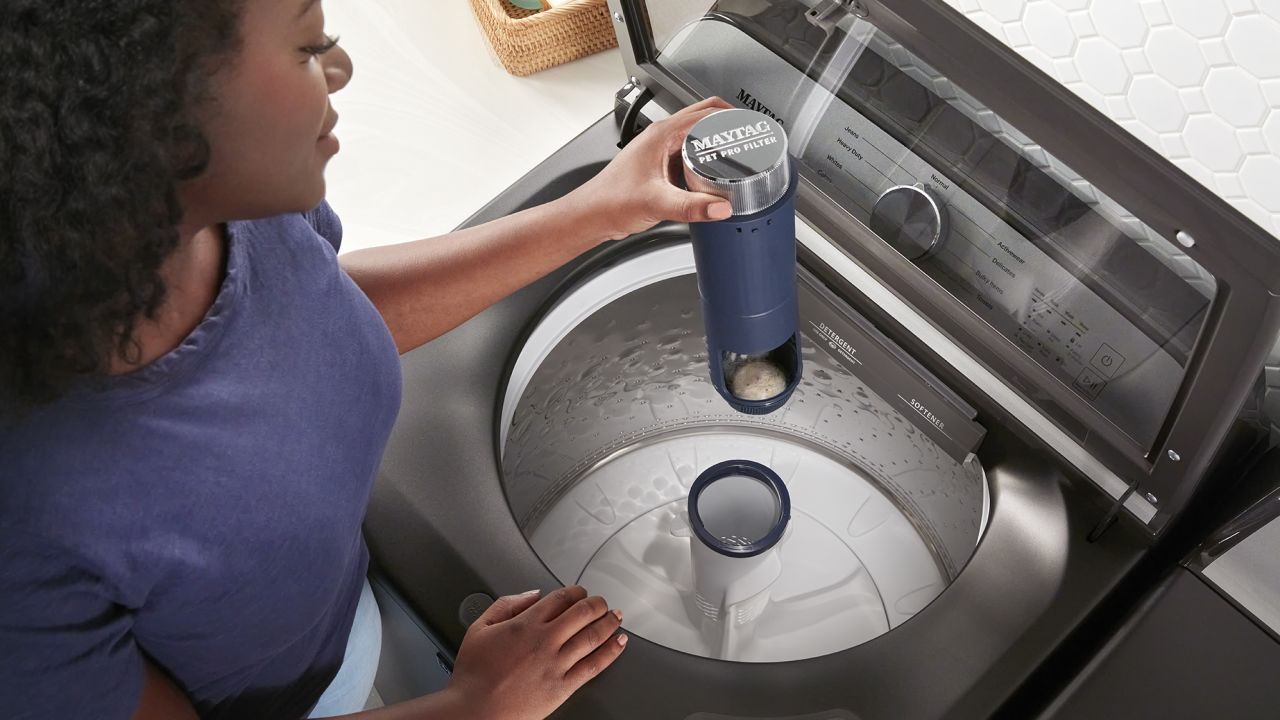



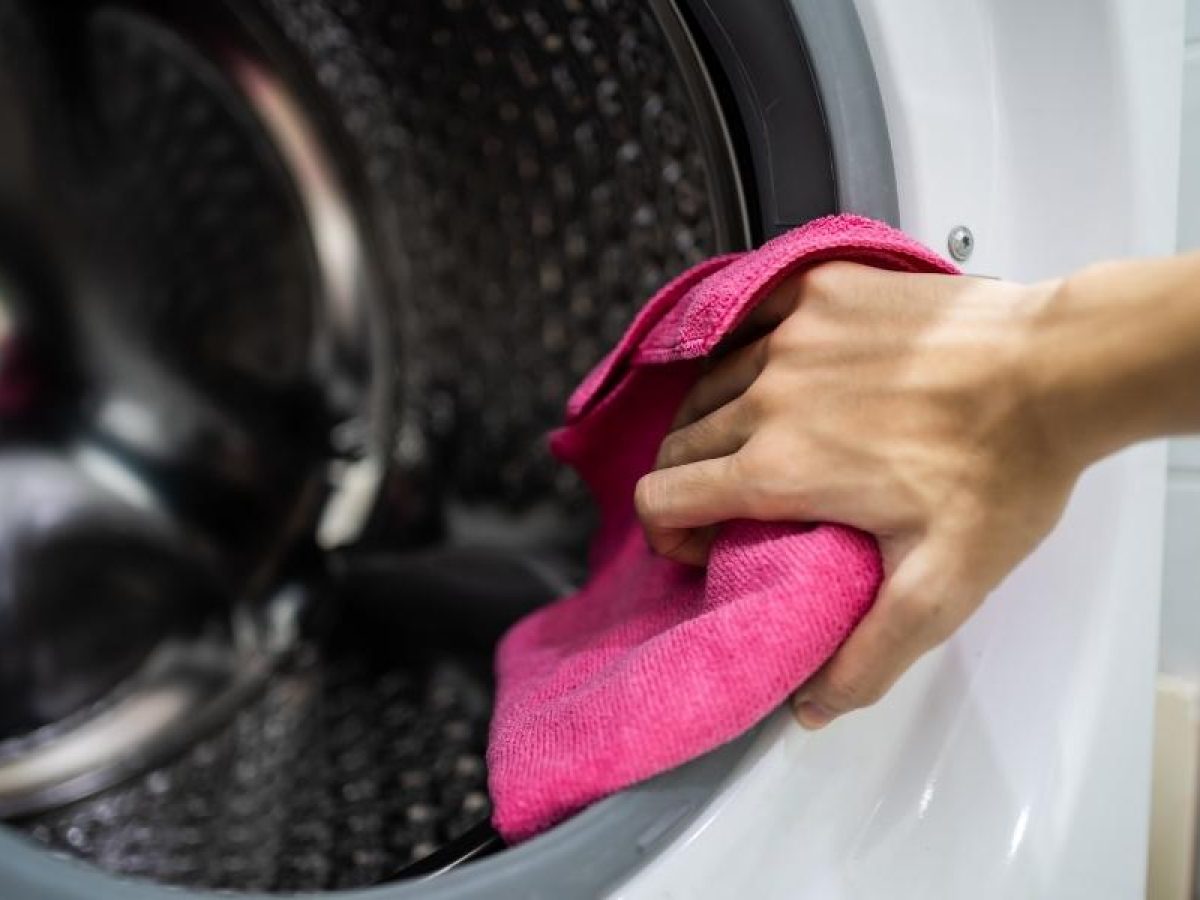

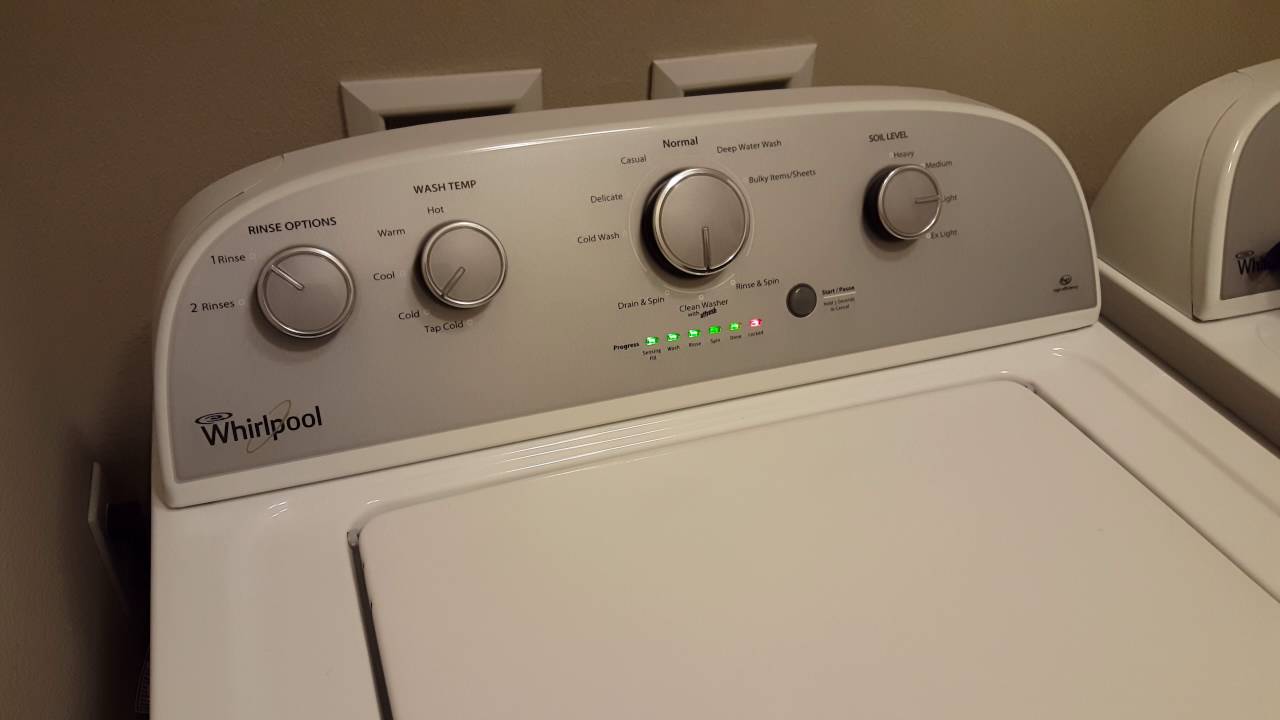
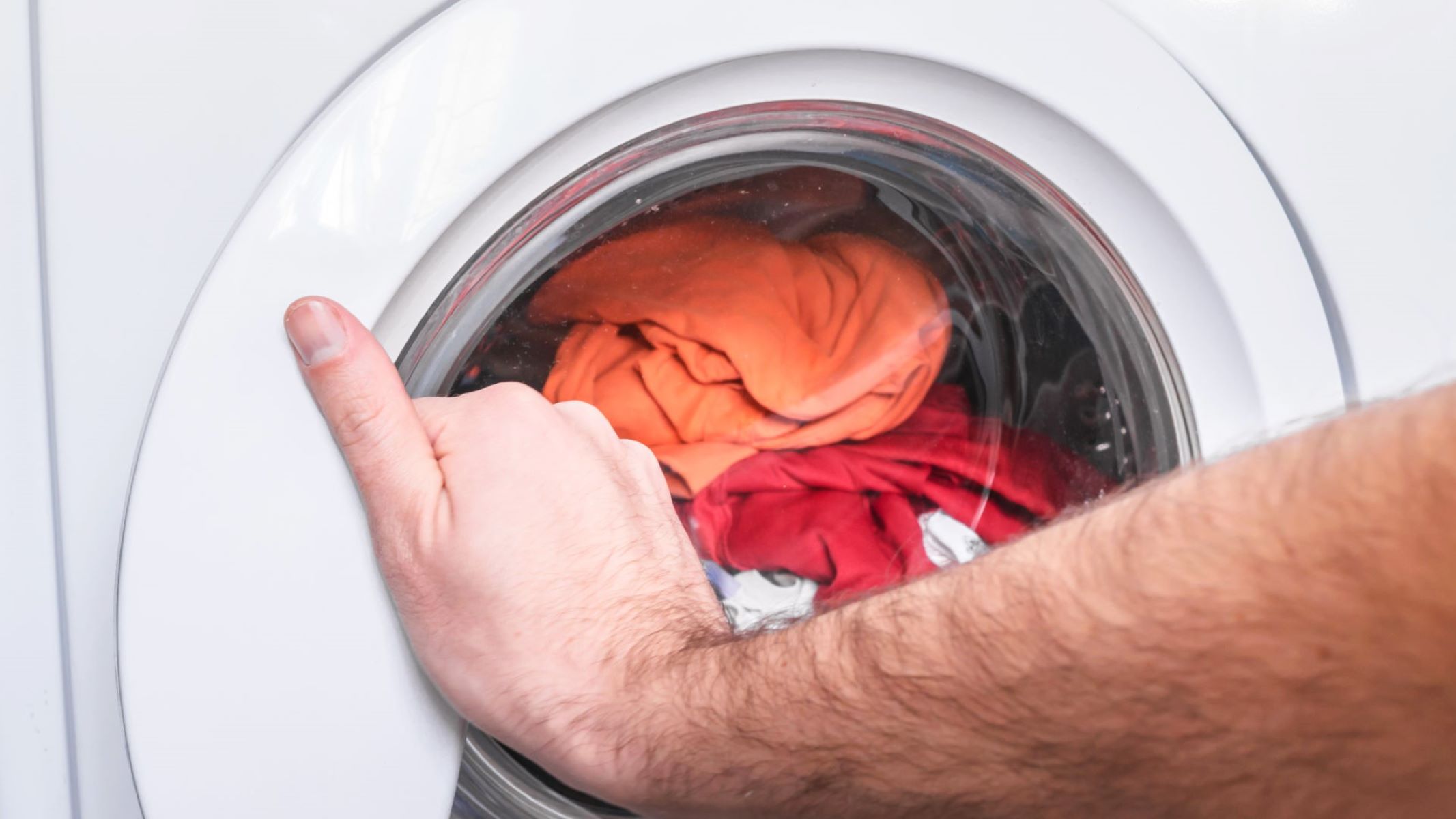


0 thoughts on “How To Wash Mechanics’ Clothes In A Washing Machine”